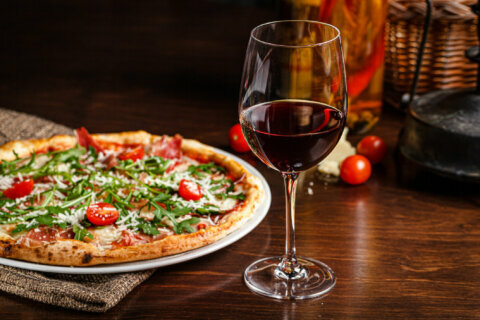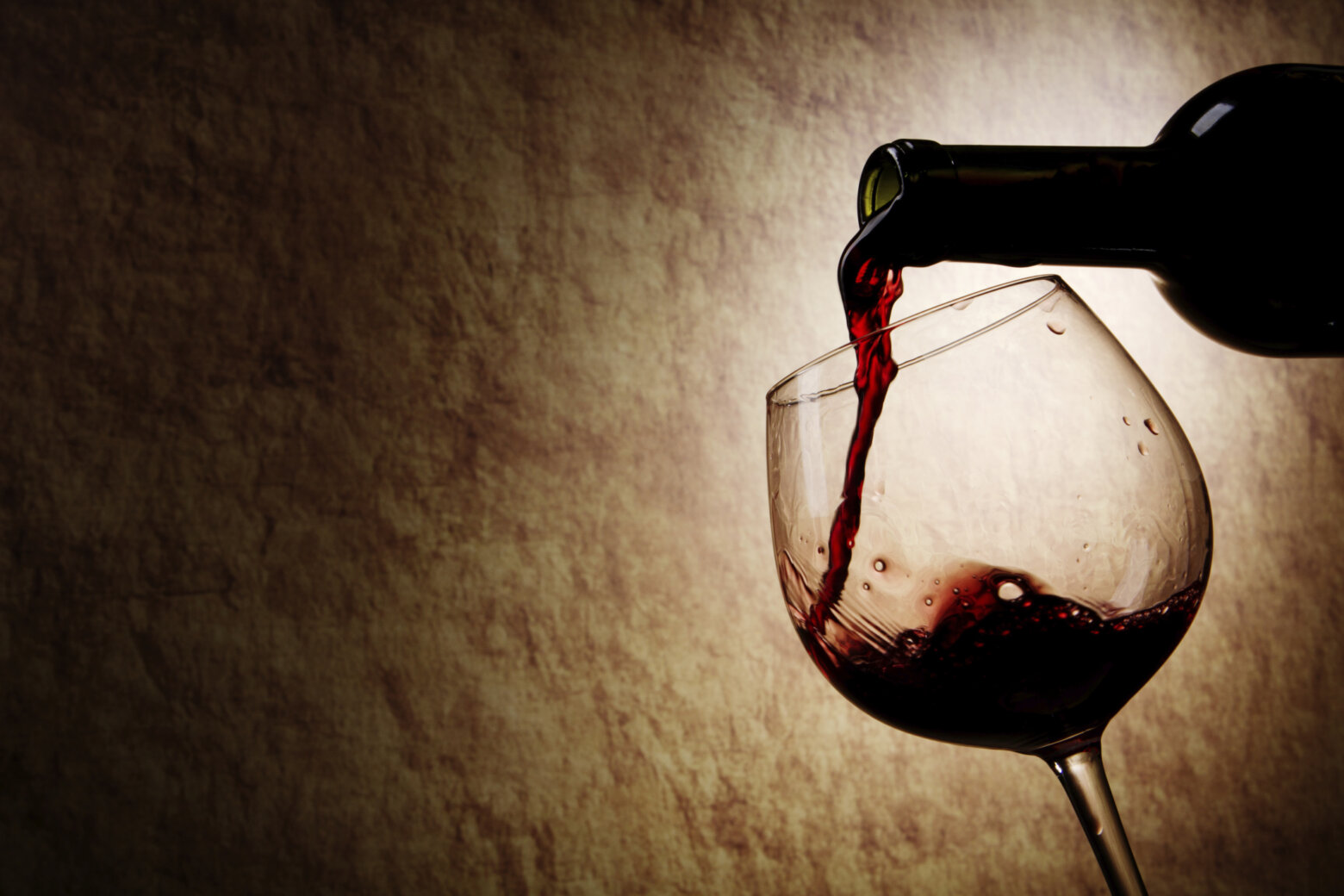Lately, I have been spending a lot of time talking about cool wines for hot weather.
For example, I’ve written a lot about Rose and Sauvignon Blanc wines that are refreshing and thirst quenching. However, I have not yet covered the wonderful world of Riesling.
Riesling is a white grape variety with a reputation for food pairing that began centuries ago in the Alsace region of France and the Rheingau region of Germany. Today, it is cultivated throughout the grape-growing world.
Depending on country of origin, they are remarkably diverse. Contrary to popular belief, the vast majority of Rieslings are not sweet. Many have a touch of residual sugar, but that just makes them more appealing in warm weather months.
Probably the most important thing to note about Rieslings is that they are incredibly versatile. The bright acidity and orchard fruit notes lend themselves as a great dance partner with a wide assortment of fares, including Asian, Indian and European cuisines. And let’s not forget the good old American centerpiece at Thanksgiving: turkey.
I love to serve Riesling slightly chilled and then marvel as both the aromas and the flavors change and evolve as the wine slowly warms up a bit in the glass. And while as mentioned above, Rieslings are wonderful with food, I think many of them are just splendid on their own.
One of my favorite versions combines the best of Old-World charm with New-World techniques. The 2018 Chateau Ste. Michelle Eroica Riesling from the Columbia Valley in Washington State is the result of a collaboration between world-renown German winemaker, Ernst Loosen, and the winemaker for Chateau Ste. Michelle, Bob Bertheau. Using Washington state fruit, they have produced a Riesling that delivers aromas of zesty lime and orange and flavors of ripe white peach, lemon and lime. Notes of crushed stone and slate blend in seamlessly with juicy acidity on the layered finish. A nice, dry-style Riesling to pair with chicken or pork. Best of all, it’s only $17!
And speaking of Loosen, his 2018 Dr. Loosen Blue Slate Riesling Kabinett from the Mosel Valley in Germany is a blend of fruit from several of his blue-slate vineyards in Bernkastel and Graach. The flavors of baked apple pie, juicy white peach, and ripe apricot are supported by lemon/lime acidity and beautiful minerality – think crushed stone. This wine screams summer picnic and would pair beautifully with fried chicken or barbeque fare. $24
Whoever said that beer is the only adult beverage you can pair with steamed Blue Point crabs has probably never tried the 2018 Tamar Ridge Riesling from the island of Tasmania off the coast of Australia. I was fortunate enough to stumble upon this wine during a trip Down Under just before the pandemic and wished I had brought along a bushel of crabs after tasting it. This wine really plays up citrus notes and crisp acidity of the palate. Flavors of lemon, lime and pineapple fill the mouth while abundant acidity keeps the fruit in balance. Hints of tropical fruit and just a kiss of sweetness on the finish makes this wine a great moving buddy with crabs and Old Bay. $20
Riesling may not be the first grape variety you think of when you think of the Willamette Valley of Oregon, but the 2018 Penner-Ash Old Vine Hyland Riesling just may just change that. In the hands of founding winemaker Lynn Penner-Ash this wine is intoxicating. With aromas reminiscent of a classic Loire Valley Riesling, it features scents of citrus peel, roasted almonds, stony minerality and petrol (a good thing). On the palate, the wine sports a wonderful richness with flavors of ripe white peach, tart nectarine and a touch of green melon. The finish is expansive and lengthy, with just a hint of mineral-laden acidity to keep the wine in balance. $35
If you’re in the mood to splurge, try the absolutely gorgeous 2011 Trimbach Cuvee Frederic Emile. Named after Jean and Pierre Trimbach’s great-great-grandfather, this Riesling is only produced when the grapes meet the winery’s highest standards. The wines are aged in the bottle and released when deemed appropriate. Concentrated and complex, the 2011 version shows intense minerality and acidity that balances the vivid lemon, grapefruit, apple and honeyed-pear flavors. The finish is rich, earthy and long with perfect finesse and balance. It is drinking well now and will only continue to improve over the next decade, if you can resist opening the bottle. $65
Listen and subscribe to the “The Vine Guy” podcast on Podcast One







